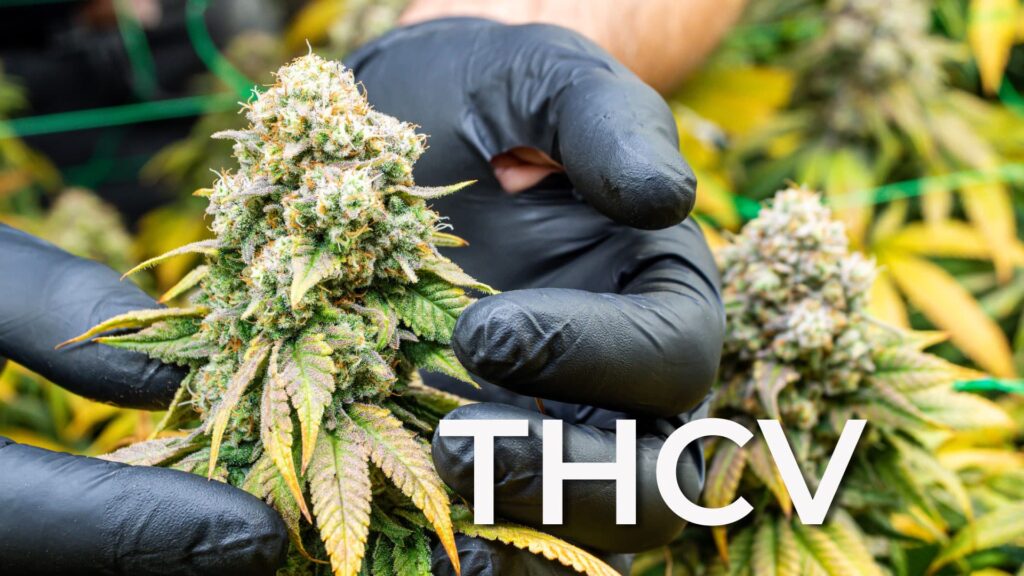Process of Installing Spray Foam Insulation in a Home
Start by inspecting your walls for damage and moisture. Clear out the area and cover fixtures to protect from overspray. Choose the right foam density for your needs—high-density for better insulation, low-density for cost-efficiency. Clean and repair surfaces, then apply the foam using consistent spray patterns. Wear safety gear and guarantee good ventilation. After application, trim excess foam for a thorough finish. Finally, inspect for any missed spots or inconsistencies to make sure a detailed job. For a more in-depth understanding, continue exploring the process.
Assessing the Area
Before installing spray foam insulation, you need to thoroughly assess the area to determine its suitability. Begin with a detailed wall inspection. Look for any signs of damage, such as cracks or gaps, that could compromise the insulation’s effectiveness. Check the existing insulation for any deterioration or areas where it’s missing. This will help you identify spots that need special attention. If you are considering spray foam insulation Arlington VA, these steps become even more crucial to ensure optimal performance and energy efficiency.
Next, perform a moisture assessment. Moisture is a critical factor because spray foam insulation can trap it, leading to mold growth and structural damage. Look for any signs of water intrusion like staining, dampness, or a musty odor. Pay close attention to areas around windows, doors, and plumbing fixtures, as these are common sources of leaks. If you find any issues, address them before proceeding with the insulation.
Additionally, consider the existing ventilation. Proper airflow is essential to prevent moisture buildup and ensure the longevity of your insulation.
Preparing the Space
 To begin preparing the space for spray foam insulation, clear out any furniture, personal items, and debris from the area. This step is important to make sure you have a clean and unobstructed work environment. Cleaning debris not only helps you move freely but also guarantees that nothing interferes with the application of the spray foam.
To begin preparing the space for spray foam insulation, clear out any furniture, personal items, and debris from the area. This step is important to make sure you have a clean and unobstructed work environment. Cleaning debris not only helps you move freely but also guarantees that nothing interferes with the application of the spray foam.
After you’ve cleared the space, focus on covering fixtures like light switches, electrical outlets, and any other components that shouldn’t come into contact with the foam. Use painter’s tape and plastic sheeting for this task. This will protect these fixtures from overspray and make the cleanup process much easier.
Next, inspect the area for any dirt, dust, or remaining debris. Thorough cleaning is vital because spray foam adheres best to clean surfaces. Use a vacuum or a broom to remove any lingering particles. If the area is particularly dusty, consider wiping it down with a damp cloth.
Choosing the Right Foam
When choosing spray foam insulation, you’ll need to take into account the density options available. Understanding the differences between open-cell and closed-cell foam is essential for making the right choice for your home.
Each type offers distinct benefits and drawbacks that impact performance and cost.
Foam Density Options
Selecting the appropriate foam density is essential for maximizing both the insulation performance and cost-effectiveness of your spray foam installation. High-density foam, typically around 2-3 pounds per cubic foot, offers superior thermal performance and energy efficiency. This density is excellent for areas needing extra strength and moisture resistance, such as exterior walls and roofing. You’ll benefit from lower energy bills and enhanced structural integrity, making it a smart investment for long-term savings.
Medium-density foam, often around 1.5 pounds per cubic foot, strikes a balance between insulation and flexibility. It’s versatile enough for various applications, including interior walls and floors. This option provides good thermal performance while being slightly more affordable than high-density foam. If you’re looking for a middle ground that delivers efficiency without breaking the bank, medium-density foam is a solid choice.
Low-density foam, generally around 0.5 pounds per cubic foot, is lighter and more affordable but offers less thermal resistance. This type is suitable for filling gaps and cracks or insulating less critical areas. While it may not provide the highest energy efficiency, it’s cost-effective and easy to apply, making it ideal for smaller projects or budget-conscious homeowners.
Open Vs. Closed-Cell
Understanding the differences between open-cell and closed-cell spray foam is essential for making an informed insulation choice for your home.
Open-cell foam is less dense, allowing it to expand more and fill spaces effectively. It’s great for interior walls and hard-to-reach areas. However, it has a lower R-value, around 3.5 per inch, which means it’s less effective at insulating compared to closed-cell foam.
Closed-cell foam, on the other hand, is much denser and provides a higher R-value, typically around 6.5 per inch. This makes it ideal for exterior walls, roofs, and areas where you need maximum insulation performance. The dense nature of closed-cell foam also makes it more rigid and structurally supportive.
When considering moisture resistance, closed-cell foam has the upper hand. Its dense structure acts as a barrier against water and vapor, making it suitable for areas prone to moisture, like basements. Open-cell foam, while still offering some moisture resistance, is more permeable and can absorb water, which mightn’t be ideal for all areas.
Choosing between open-cell and closed-cell spray foam depends on your specific needs, budget, and the area you’re insulating.
Installing the Foam
To start installing the foam, you need to prepare the surfaces properly to guarantee the best adhesion.
Next, you’ll want to understand the basic application techniques to apply the foam evenly and effectively.
Don’t forget to follow essential safety precautions to protect yourself during the process.
Surface Preparation Steps
Prior to installing spray foam insulation, make sure the surfaces are clean, dry, and free of debris to guarantee proper adhesion and effectiveness. Start by thoroughly cleaning surfaces where the foam will be applied. Use a vacuum or a brush to remove dust, dirt, and any loose particles. Pay special attention to hidden corners and tight spaces, as debris in these spots can compromise the insulation’s performance.
Next, inspect the area for any cracks or gaps that need attention. Repairing cracks is important because unaddressed gaps can lead to air leaks, undermining the insulation’s efficiency. Use a suitable sealant or filler to patch up these imperfections. Make sure the repairs are completely dry before moving on to the next step.
After cleaning and repairing, check for moisture. Any dampness can interfere with the foam’s ability to adhere properly. If you find any wet areas, dry them thoroughly using fans or dehumidifiers.
Application Techniques Overview
Once the surfaces are prepped, you’ll begin the application of the spray foam insulation by donning appropriate safety gear. Start by shaking the spray foam canister well to make sure the chemicals are mixed properly.
Next, attach the nozzle to the canister, making sure it’s secure to avoid any leaks.
When spraying, it’s essential to understand the various spray patterns. You’ll want to apply the foam in a consistent, sweeping motion, maintaining a distance of about 12-18 inches from the surface. This helps to guarantee an even coat without any gaps.
For larger areas, use a crosshatch pattern, first spraying horizontally and then vertically, to build up layers evenly.
Pay attention to equipment maintenance throughout the process. Clean the nozzle regularly to prevent clogs, and check the canister pressure to keep a steady flow. If you notice any inconsistencies in the spray pattern, pause and troubleshoot the issue immediately.
Safety Precautions Required
Before you start applying spray foam insulation, make sure you’re aware of the critical safety precautions necessary to protect yourself and the environment. First and foremost, always wear the appropriate protective gear. This includes safety goggles, gloves, a long-sleeved shirt, and pants to prevent skin exposure. Don’t forget to use a respirator mask to protect your lungs from inhaling any harmful chemicals present in the spray foam.
Pivotal ventilation is another vital aspect. Ensure the area where you’re working is well-ventilated. Open windows and doors to allow fresh air to circulate, and use fans to help disperse any fumes. If you’re working in a confined space, consider using a ventilation system to keep the air quality safe.
Additionally, keep a fire extinguisher nearby. Spray foam insulation can be flammable until it fully cures, so it’s better to be prepared for any emergencies. Avoid smoking or using open flames in the vicinity while you’re working.






